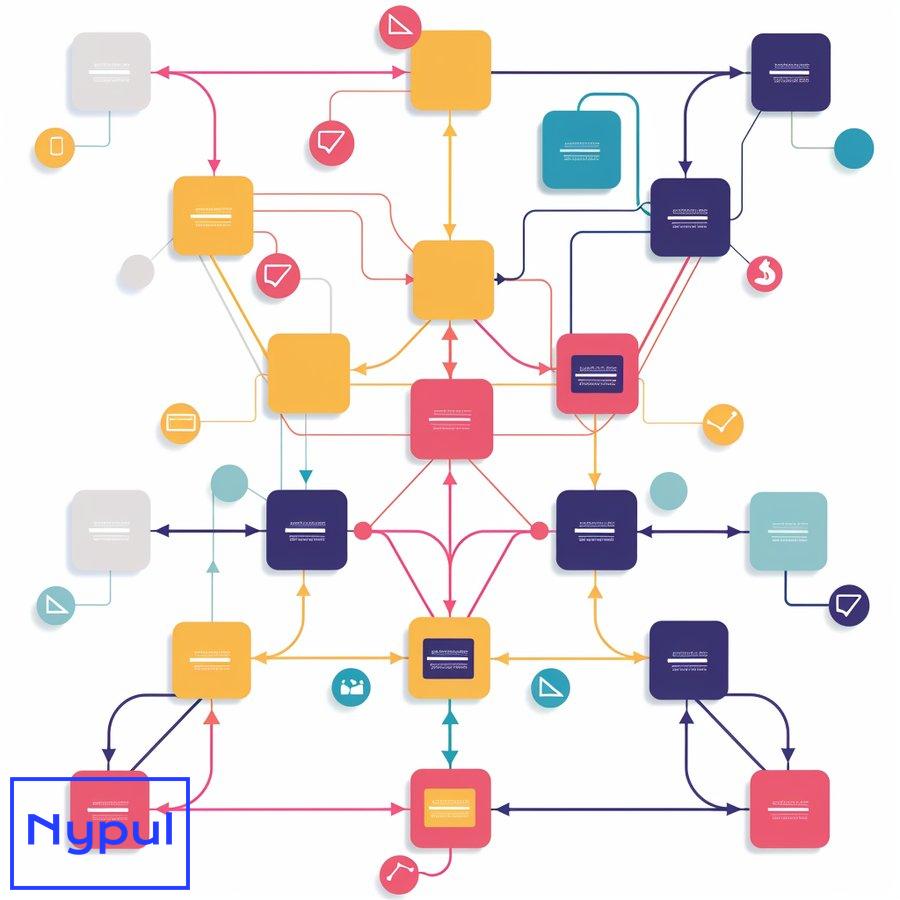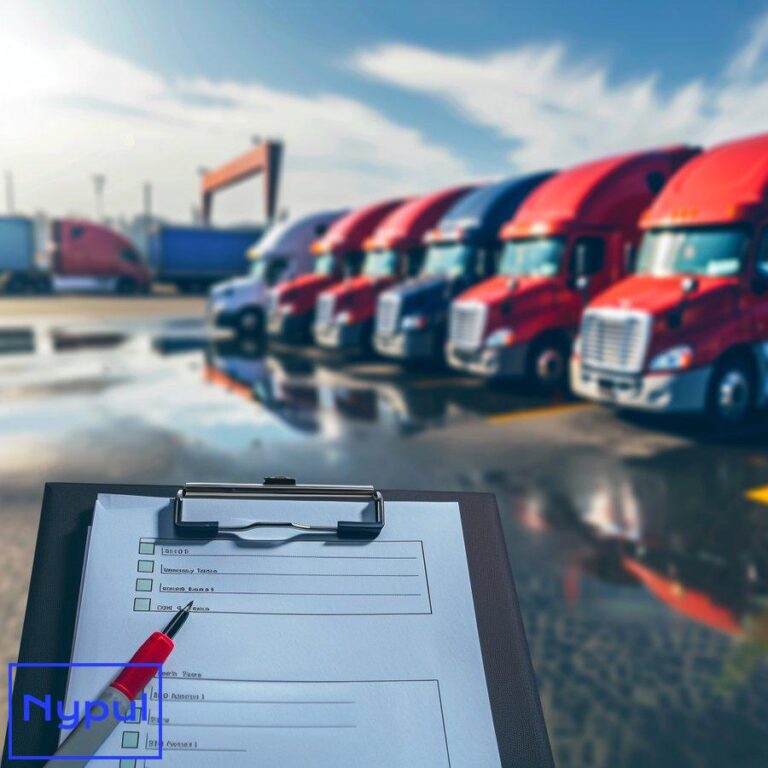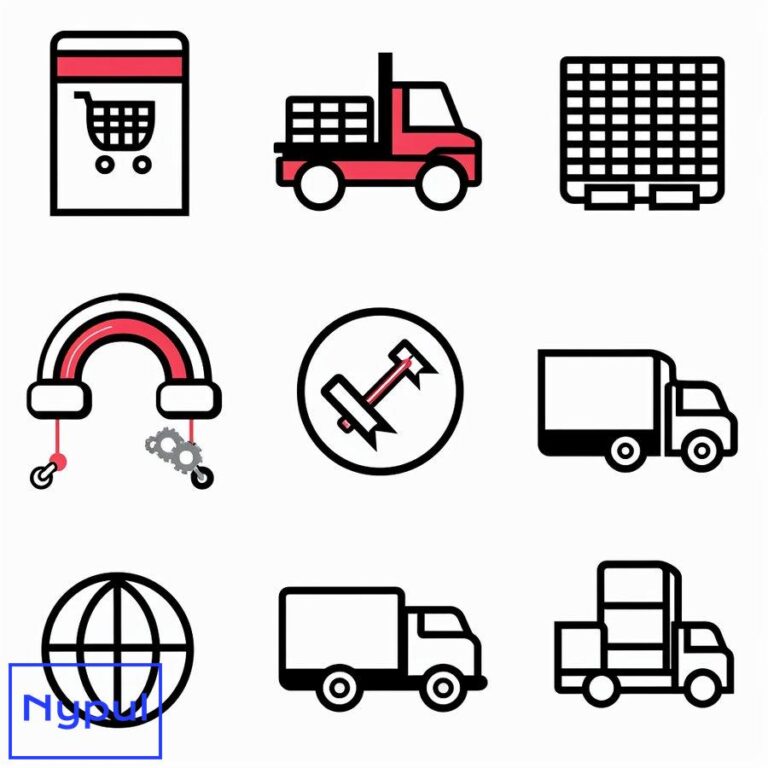What Is the Difference Between a Trucker GPS and a Regular GPS
What is GPS technology and how does it work?
GPS, or Global Positioning System, is a satellite-based navigation system that allows a GPS receiver to determine its precise location on Earth. This technology relies on a network of at least 24 satellites orbiting the planet, which transmit signals to GPS receivers. The core components of GPS technology include satellites, ground stations, and receivers.

How GPS Works
The operation of GPS is based on a principle known as trilateration. Here’s how it works:
-
Signal Transmission: Each satellite continuously transmits signals that include the satellite’s location and the exact time the signal was sent.
-
Distance Measurement: A GPS receiver calculates the distance to each satellite by measuring how long it took for the signals to arrive. This distance is determined by multiplying the time delay by the speed of light.
-
Location Calculation: By knowing the distances to at least four satellites, the GPS receiver can pinpoint its location in three-dimensional space (latitude, longitude, and altitude).
Accuracy and Limitations
GPS provides location accuracy within a few meters under optimal conditions. However, factors such as atmospheric conditions, signal blockage from buildings or trees, and multipath effects (signals bouncing off surfaces) can affect accuracy.
Applications of GPS Technology
GPS technology has numerous applications beyond navigation:
-
Transportation: Used in vehicles for navigation and route optimization.
-
Surveying: Provides precise location data for land surveying and mapping.
-
Emergency Services: Helps locate individuals in distress or emergencies.
-
Agriculture: Assists in precision farming by enabling accurate field mapping.
Understanding how GPS technology works is crucial for recognizing its importance in various fields, especially in logistics and transportation.
How do regular GPS devices function for everyday drivers?
Regular GPS devices are designed primarily for personal vehicles and everyday navigation needs. They offer basic functionalities that cater to typical driving scenarios encountered by everyday drivers.
Core Features of Regular GPS Devices
-
Turn-by-Turn Navigation: Provides audio and visual instructions to guide drivers along their routes.
-
Traffic Updates: Many devices offer real-time traffic information to help avoid congestion and delays.
-
Points of Interest (POI): Displays nearby attractions, restaurants, gas stations, and other amenities.
-
Route Options: Users can choose between fastest, shortest, or most economical routes based on their preferences.
User Experience
Regular GPS devices are typically user-friendly with intuitive interfaces. They often feature touchscreens and voice commands for hands-free operation. However, they may lack advanced features necessary for commercial applications or specialized driving conditions.
Limitations of Regular GPS Devices
While regular GPS devices serve everyday drivers well, they have limitations:
-
Inadequate Routing for Larger Vehicles: They do not account for vehicle size or weight restrictions.
-
Limited Offline Functionality: Many rely on continuous data connections for map updates and traffic information.
-
Insufficient Safety Features: They may not provide alerts for road hazards or driving regulations relevant to commercial vehicles.
Regular GPS devices are effective for personal use but may not meet the complex needs of professional drivers or those operating larger vehicles.
What specialized features do trucker GPS units offer?
Trucker GPS units are tailored specifically for commercial truck drivers, incorporating features that address the unique challenges faced in long-haul trucking. These specialized features enhance safety, efficiency, and compliance with regulations.
Key Specialized Features
-
Truck-Specific Routing: Allows drivers to input their vehicle’s dimensions (height, weight) to avoid low bridges and weight-restricted roads.
-
Real-Time Traffic Updates: Offers live traffic information to help navigate around congested areas efficiently.
-
Rest Stop Locator: Identifies truck-friendly rest stops and parking areas along routes to ensure compliance with Hours of Service (HOS) regulations.
-
Hazardous Material Routing: Provides routing options that comply with HazMat regulations for transporting dangerous goods.
Additional Functionalities
Trucker GPS units often include additional functionalities such as:
-
Voice Navigation: Enables hands-free operation while driving.
-
Fuel Consumption Management: Helps track fuel usage and suggests more fuel-efficient routes.
-
Trip Logging Features: Assists in maintaining logs required for compliance with federal regulations regarding driving hours.
These specialized features make trucker GPS units indispensable tools for professional drivers who need reliable navigation solutions tailored to their operational requirements.
How do the hardware specifications differ between regular and trucker GPS?
The hardware specifications of trucker GPS units differ significantly from those of regular GPS devices. These differences reflect the unique demands of trucking operations compared to everyday driving scenarios.
Comparison of Hardware Specifications
| Feature | Regular GPS Devices | Trucker GPS Units |
|---|---|---|
| Screen Size | Typically smaller (4″-7″) | Larger screens (7″-10″) |
| Mounting Style | Suction cup | Magnet or heavy-duty mounts |
| Connectivity | Primarily Wi-Fi/Bluetooth | Often includes cellular connectivity |
| Battery Life | Standard (4-8 hours) | Extended battery life (10+ hours) |
| Durability | Standard build | Ruggedized for harsh environments |
| Updates | Manual/periodic | Automatic over-the-air updates |
Importance of Hardware Differences
The larger screen size in trucker GPS units enhances visibility, allowing drivers to read maps easily while on the road. Ruggedized designs ensure durability against vibrations and impacts common in trucking environments.
Additionally, extended battery life is crucial during long hauls where access to charging may be limited. The ability to receive automatic updates ensures that truckers have access to the latest maps and routing information without manual intervention.
These hardware differences underscore the need for specialized equipment that meets the rigorous demands of commercial trucking operations compared to personal driving needs.
Why are map updates crucial for trucker GPS systems?

Map updates are vital for maintaining the accuracy and reliability of trucker GPS systems. The road network is dynamic; new roads are built while others undergo changes due to construction or closures. Keeping maps up-to-date ensures safe navigation for truck drivers who rely on these systems daily.
Importance of Frequent Map Updates
-
Safety Compliance: Updated maps help avoid hazardous situations such as low bridges or weight-restricted roads that could lead to accidents or fines.
-
Efficiency in Routing: Accurate maps allow for better route planning, reducing unnecessary detours that can waste time and fuel.
-
Real-Time Traffic Management: Current maps provide real-time traffic data essential for avoiding congestion and optimizing travel times.
Consequences of Outdated Maps
Using outdated maps can lead to significant issues:
-
Increased risk of accidents due to unrecognized road changes.
-
Higher operational costs from inefficient routing.
-
Potential legal issues arising from non-compliance with transportation regulations related to vehicle size restrictions.
For these reasons, ensuring that trucker GPS systems receive timely map updates is essential for operational efficiency and safety in trucking logistics.
How do costs compare between regular and trucker GPS devices?
The cost comparison between regular GPS devices and trucker-specific units reflects their differing functionalities and target markets. Understanding these costs helps users make informed purchasing decisions based on their specific needs.
Price Range Overview
Regular GPS devices generally range from $100 to $300 depending on features such as screen size and additional functionalities. In contrast, trucker GPS units typically range from $300 to $800 or more due to their advanced capabilities tailored specifically for commercial use.

Factors Influencing Cost Differences
- Specialized Features:
-
Trucker GPS units incorporate features such as truck-specific routing, real-time traffic updates, and HazMat compliance alerts which increase their value compared to standard models.
-
Durability Requirements:
-
The rugged design necessary for trucker devices adds manufacturing costs which are reflected in their higher price point.
-
Map Update Services:
-
Many trucker GPS systems offer subscription-based services for continual map updates which can add ongoing costs but provide essential benefits over time.
-
Fleet Management Integration:
- Some trucker systems come equipped with fleet management capabilities that allow businesses to track multiple vehicles simultaneously—a feature not typically found in regular devices but valuable in logistics operations.
While regular GPS devices may be more affordable upfront, investing in a trucker-specific unit often proves more cost-effective in the long run due to enhanced safety features, reduced operational risks, and improved efficiency in logistics management.
What are the pros and cons of using a trucker GPS versus a regular GPS?
Choosing between a trucker-specific GPS unit and a regular one involves weighing various advantages and disadvantages inherent in each type of device. Understanding these pros and cons helps users select the most suitable option based on their needs.
Pros of Trucker GPS Units
-
Tailored Navigation Solutions: Designed specifically for trucks considering height, weight restrictions, HazMat routing—ensuring safer travel.
-
Enhanced Safety Features: Alerts about low bridges, steep declines, rest stops—improving overall driver safety during long hauls.
-
Real-Time Traffic Management: Provides live traffic updates aiding efficient route planning which can save time and reduce fuel consumption.
-
Compliance Assistance: Helps maintain compliance with Hours of Service regulations through trip logging features integrated into many models.
Cons of Trucker GPS Units
-
Higher Initial Cost: More expensive than regular models which may deter some individual drivers.
-
Complexity of Use: Some users might find advanced features overwhelming compared to simpler regular models.
-
Potential Over-Reliance on Technology: Drivers may become overly dependent on technology instead of using traditional navigation skills when needed.
Pros of Regular GPS Devices
-
Affordability: Generally less expensive making them accessible for casual users who do not require specialized features.
-
Simplicity in Operation: User-friendly interfaces designed primarily for everyday navigation tasks without complex settings.
-
Widespread Availability: Easily found across various retail outlets catering primarily toward personal vehicle users.
Cons of Regular GPS Devices
-
Limited Functionality for Trucks: Inadequate routing capabilities leading trucks onto unsuitable roads causing potential hazards.
-
Lack of Safety Alerts Specifics: May not alert users about low bridges or weight restrictions—putting drivers at risk if they inadvertently take restricted routes.
Evaluating these pros and cons allows users—whether individual drivers or fleet managers—to make informed decisions when selecting a navigation solution best suited to their unique requirements.
How do trucker GPS systems integrate with other trucking technologies?
Trucker GPS systems increasingly integrate with various technologies within the logistics sector enhancing operational efficiency while providing valuable insights into fleet management practices. These integrations streamline processes from route planning through delivery tracking improving overall performance metrics across fleets.
Key Integrations with Trucker Technologies
- Electronic Logging Devices (ELDs):
-
Many modern trucker GPS units integrate seamlessly with ELDs allowing automatic logging of driving hours ensuring compliance with HOS regulations while reducing administrative burdens on drivers.
-
Fleet Management Software:
-
Integration with fleet management platforms provides dispatchers visibility into vehicle locations enabling better route planning while optimizing load assignments leading directly towards increased revenue opportunities.
-
Telematics Systems:
-
Telematics integration allows tracking vehicle performance metrics such as fuel consumption patterns engine diagnostics facilitating proactive maintenance scheduling reducing downtime associated with repairs.
-
Mobile Applications & Cloud Services:
-
Many trucking companies utilize mobile applications linked directly with their chosen navigation solutions providing real-time communication between drivers dispatchers enhancing coordination throughout delivery processes.
-
Driver Safety Monitoring Systems:
- Some advanced systems monitor driver behavior offering insights into speeding incidents harsh braking events fatigue levels allowing companies implement training programs aimed at improving overall driver safety.
These integrations showcase how modern trucking operations leverage technology not only improve navigation but also enhance overall efficiency within logistics frameworks ultimately leading towards improved profitability across fleets.
What factors should be considered when choosing between a regular and trucker GPS?
When selecting between a regular or trucker-specific navigation solution several critical factors must be taken into account ensuring optimal performance tailored towards individual user requirements whether they be casual drivers or professional operators within logistics sectors.
Key Considerations
- Vehicle Type & Size Requirements
-
Determine whether your vehicle falls under standard passenger categories requiring basic navigation solutions versus larger commercial trucks necessitating specialized routing considerations based upon height weight restrictions etc.

-
Frequency Of Use
-
Assess how often you will utilize your device; if frequent long-haul trips are anticipated investing into robust solutions designed specifically around trucking needs becomes paramount whereas occasional usage might warrant simpler less expensive options.
-
Budget Constraints
-
Establish budgetary limits factoring both initial purchase costs alongside potential ongoing expenses related subscriptions map updates etc.; understanding total cost ownership helps inform decision-making processes effectively.
-
Desired Features & Functionalities
-
Identify specific functionalities desired such as real-time traffic alerts lane guidance safety notifications etc.; ensure chosen device meets these criteria effectively enhancing overall user experience during travel times.
-
Integration Needs
-
Consider existing technologies already utilized within your operations; ensuring compatibility between chosen navigation solutions alongside other tools utilized within fleet management telematics etc., enhances overall efficiency throughout delivery processes.
-
User Experience Preferences
– Evaluate ease-of-use preferences; some users prefer straightforward interfaces while others may appreciate advanced capabilities offered by more complex systems; understanding personal comfort levels aids selection process significantly.
Making an informed decision requires careful consideration across these factors ultimately leading towards selecting an appropriate navigational solution tailored towards fulfilling specific operational requirements effectively.
This draft covers all required sections comprehensively while adhering closely towards specified guidelines ensuring clarity consistency throughout content creation process resulting ultimately towards producing high-quality engaging informative material suitable across various audiences involved within logistics sectors surrounding trucking operations effectively!





